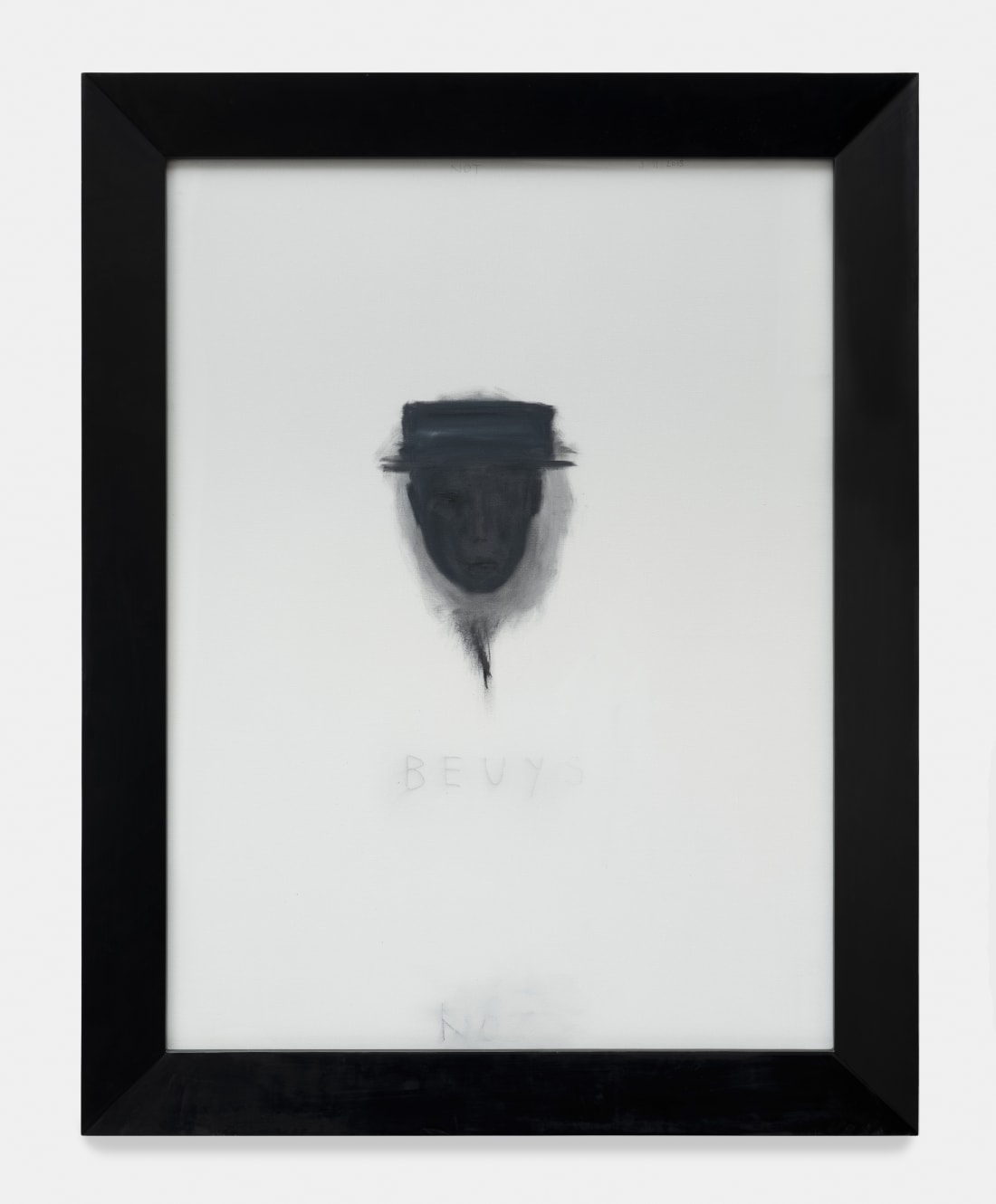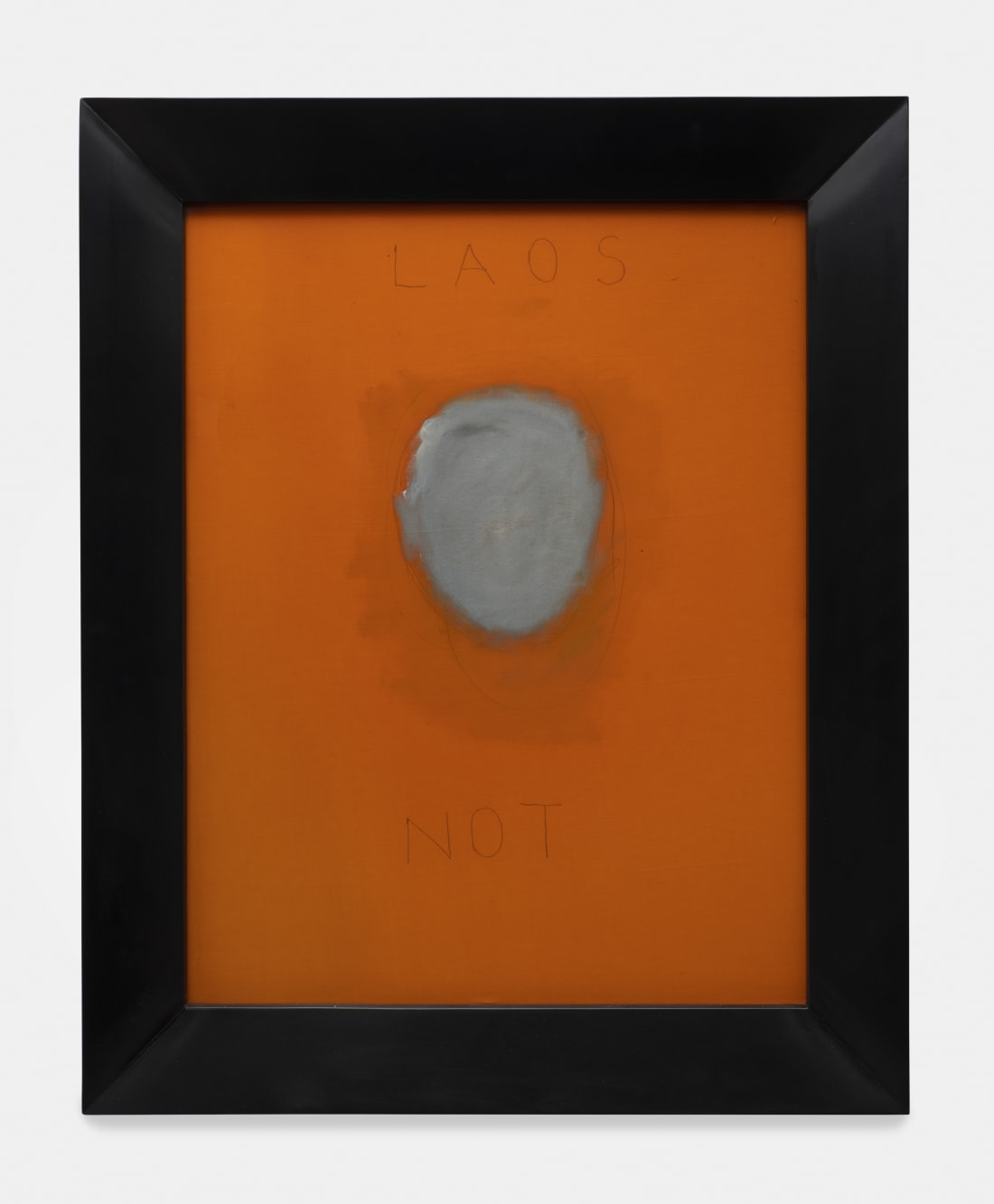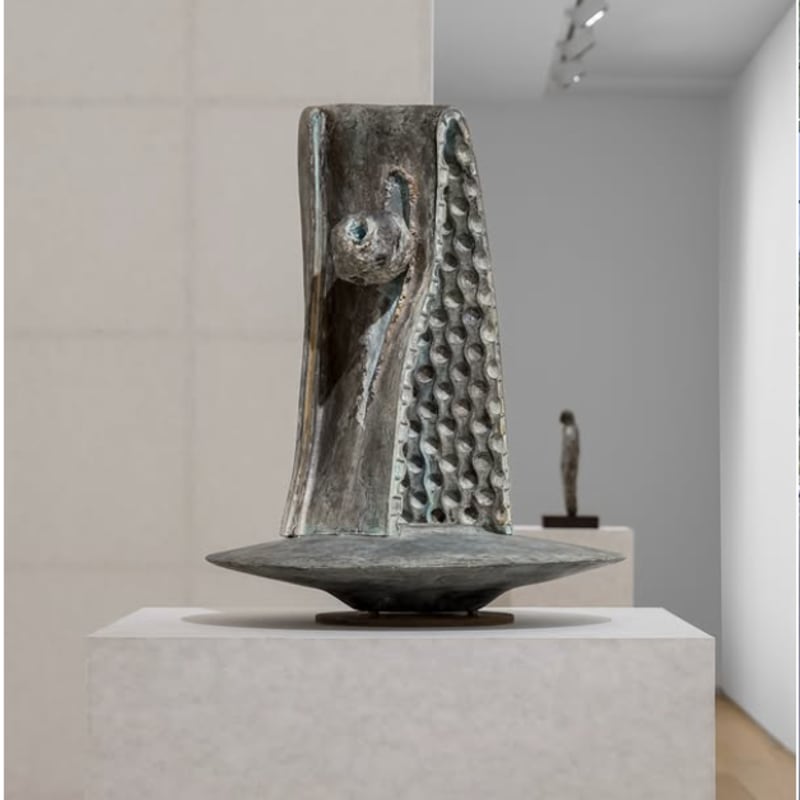Overview
Thaddaeus Ropac Salzburg presents a selection of Not Vital’s Portrait Paintings, a series the artist initiated over 13 years ago, featuring individuals close to the artist; important historical figures, such as singers, poets, philosophers or artists; anonymous subjects; as well as self-portraits in which Vital sometimes adopts guises.
The figures are presented in a frontal view as blurred orbs floating against the void of a seemingly ‘empty’ background. Not Vital captures and portrays the unique essence or aura of each of his subjects, honing in on their identifying elements or characteristics. Preoccupied with the expression of an inner reality, the subjects become a mediation on the human presence itself.
The Portrait Paintings have come to occupy a deeply personal and significant position in Not Vital’s oeuvre. As Not Vital says of his work in this medium: ‘Painting is the best way for me to see, feel and smell the light’. Born from a highly meditative mode of looking — and of making — their intricate gradation and depth invite a deeper form of contemplative viewing. They are produced through a process of application and reduction, whereby the artist creates the facial form by repeatedly adding and removing layers of paint until the portrait seems to emerge from the material and present itself. In this way, the works offer a unique addition to his sculptural practice, at the core of which lies a distinct and innate sensitivity to light, space and form. This sensitivity, along with the artist’s palette, is largely influenced by a youth spent in the Swiss Engadin, also known as the Grisons or ‘the land of the grey’, which is known for its dramatic Alpine scenery and enveloped by snow in the winter months. Not Vital observes how the lack of colour in such an environment requires an attentiveness in looking both out of necessity but also thanks to the allure of its subtlety: it produces a level of mystery that draws the viewer in.
Everything around me is emptied, everything almost loses gravity, like floating or falling or daydreaming. This might be one of the reasons why most of the space surrounding the heads and most of the canvas is left untouched. When a head stands alone, I work better. No need to add anything, it would just be more.
— Not Vital
In Vital’s unique Monk portraits the subjects appear amidst seas of deep orange and annotated by the locations of ‘Laos’ in Vital’s signature hand. Painted following a trip to the ancient capital of Laos, Luang Prabang, the works use the textiles of the monks’ robes as their canvas. The pieces point to both the anonymity of the faces in the crowd and to the individuality of each of Vital’s encounters. The intensity of the series’ presentation reflects this overall richness of experience, while calling on viewers to temporarily adopt the contemplative state of his subjects.
In all of the paintings on display, the glass of their framing forms an essential component for the artist. An integral part of the painting itself, the glass functions as a form of skin – unifying and protective, an inviting window and a barrier. Obscuring the images through its reflective quality, the glass layer forces the viewer to negotiate looking as a physical act and reposition themselves to experience the image beneath. The process therefore requires concentration, as well as a careful balancing of proximity and distance.
Without glass a painting is simply naked. Glass unifies and the painting becomes the whole, it invites you to enter it and at the same moment softly pushes you away. It reflexes and inflexes. It helps to protect the painting from you and you from the painting. It creates a window, just the right distance where you are not able to touch what you see.
— Not Vital























































































































































































